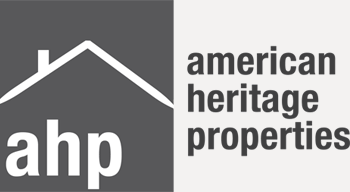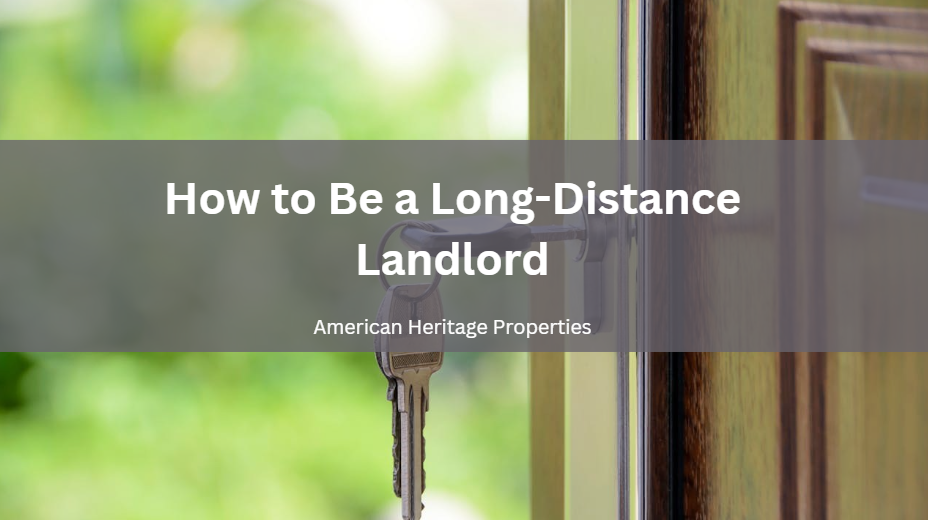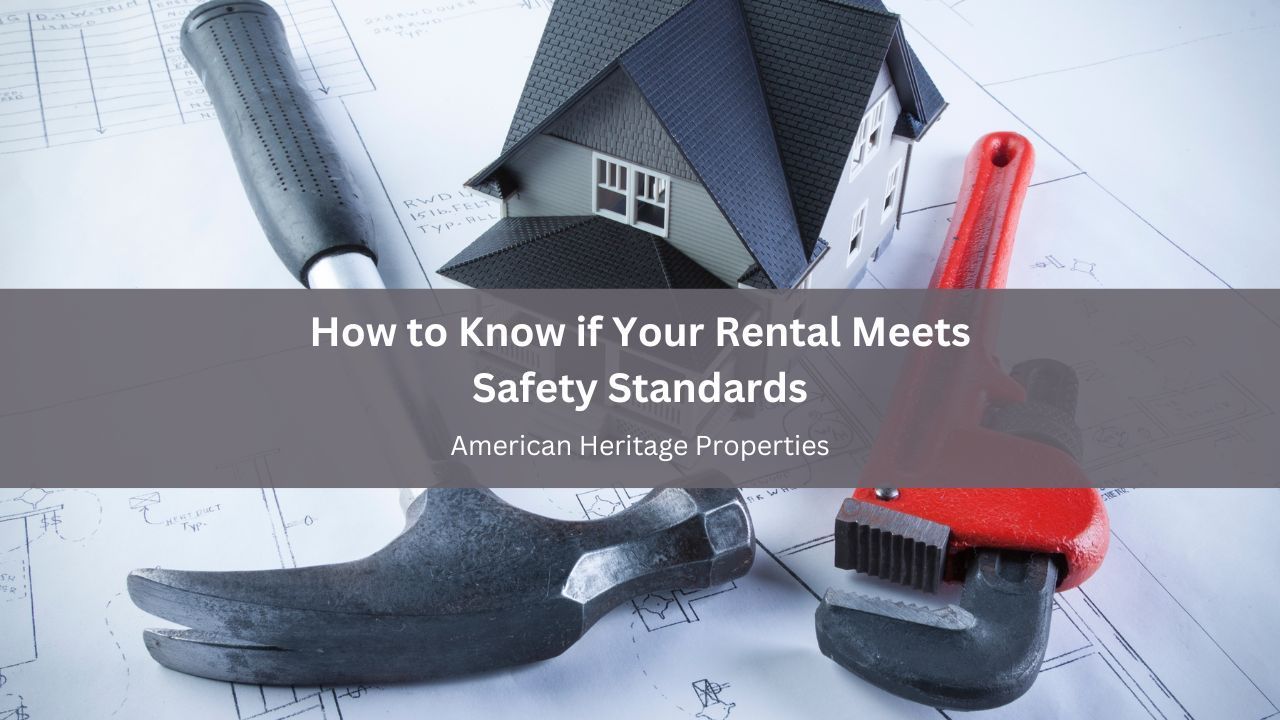Five Steps to a Good Rental Screening Process
Your tenants are the lifeblood of your business. They can be the death of it, too.
With a good tenant, you can sleep at night knowing that they will pay you, and that your property will stay relatively undamaged. With a bad tenant, however, you’ll spend time wondering and worrying about your investment while answering calls from angry neighbors.
Finding good tenants is not because of luck; it’s about a good step-by-step screening process.
Step 1: The First Contact
The screening process begins with the first contact. When the potential tenant inquires about the property you are likely to get a first impression based on their phone behavior and cooperation in answering basic qualifying questions.
Step 2: The Visit
Once you get the answers you’ve been looking for, it’s time to schedule to meet the tenant, and have them visit the home. If they make a good impression, have the right attitude and manners, and arent’ overly critical of the property, they could be a potentially good renter.
Step 3: The Application Process
Advise the applicant to fill out the application as completely as possible, including references from prior landlords and employers. If you are planning to run a credit report and criminal check, it’s best to collect a screening fee.
Step 4: The Approval
If one tenant seems the best candidate, accept him or her, and gently turn down other applicants. Until you have a signed lease, however, you’re not done yet. Set the time and place for the signing and instruct the applicant to bring identification and check, money order, or cash.
Step 5: The Signing
Go through the lease carefully and thoroughly with the potential tenant. Make sure he or she completely understands the rules. Remember, it’s not always too late to decline if things didn’t go well.
There’s just too much risk if you don’t screen every potential renter.
We take time to verify your potential tenant’s credit and employment information. We also take care of coordinating with previous landlords and employers. We take care of the daunting task of doing a thorough screening. We provide recommendations, but the ultimate decision to approve an applicant is yours.
Browse our site to find out more about our property management services









